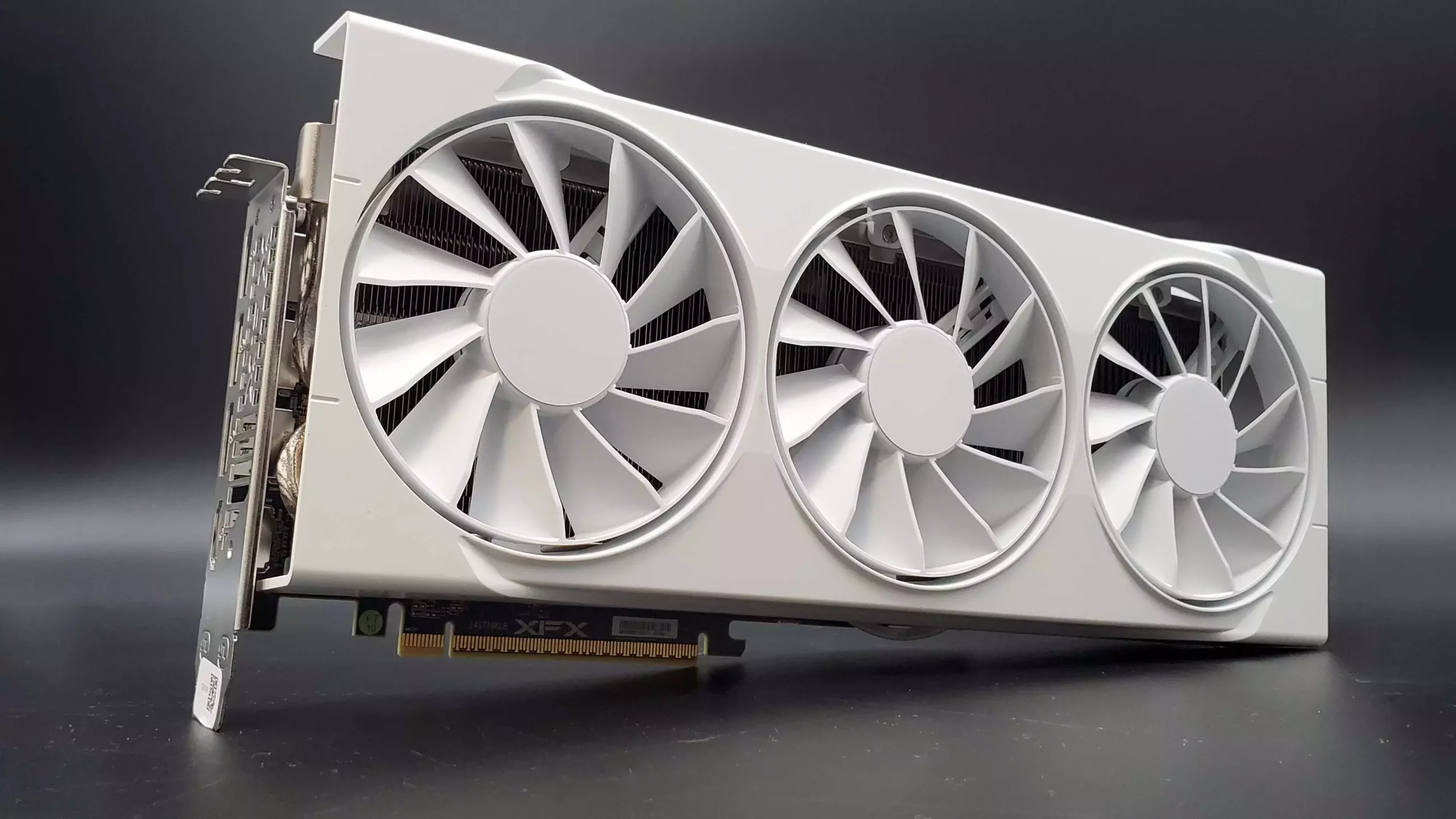AMD’s recent slip-up, akin to a digital gaffe with far-reaching consequences, offers a rare glimpse into the volatile landscape of open-source hardware software development. The unintended release of FSR 4’s source code, complete with an MIT license, exposes a fundamental tension between corporate secrecy and community-driven innovation. While this kind of breach might seem like a disaster—potentially offering competitors a treasure trove of proprietary insights—it also inadvertently democratizes access to AMD’s technological ambitions.
The choice of licensing is particularly provocative. The MIT license is permissive, effectively removing most barriers to reuse, adaptation, and redistribution. When this license accompanies leaked source code, it transforms a potential corporate security threat into an open invitation for developers around the world. Now, anyone with the technical acumen can study, modify, and even incorporate FSR 4’s innermost workings into their projects—ostensibly turning a mistake into an unintentional open-source boon.
What does this mean in practice? For AMD, a company traditionally guarded about its proprietary tech, this leak could accelerate the pace of innovation outside their control. Independent developers and smaller studios might quickly integrate or improve upon FSR 4, closing the gap with AMD’s intended roadmap. Conversely, AMD itself is put under immense pressure. With the code freely accessible, controlling the narrative and direction of FSR 4’s development becomes more complicated.
Strategic Implications: To Open or Not to Open
The core of the dilemma revolves around AMD’s approach to open-source AI-driven upscaling technologies. Historically, AMD’s FSR series—version 1, 2, and 3—has embraced openness, allowing developers to embed these upscaling techniques into a broad array of titles, regardless of specific hardware requirements. This has undoubtedly fostered a more inclusive ecosystem, contrasting sharply with Nvidia’s more closed-off approach with DLSS.
The leak of FSR 4’s source code, along with the associated license, signifies a potential turning point. AMD’s traditionally cautious stance on open-sourcing their cutting-edge tech now faces scrutiny. The company could view this accidental release as an unintentional but valuable validation of open accessibility, perhaps seeing it as a catalyst to accelerate adoption or even hasten their transition toward genuine open-source strategies.
However, the optics aren’t simple. There’s risk involved—for AMD’s competitive advantage, for IP rights, and for their overall strategic control. Allowing external developers to modify or distribute FSR 4 freely might threaten AMD’s market position if competitors or malicious actors utilize the code improperly. On the other hand, it might also serve as a strategic move, leveraging community contributions to improve FSR faster than AMD could internally.
This leak places AMD at a crossroads: to embrace the open-source potential, risking loss of exclusive control, or to tighten security measures and distance themselves from community-driven development. Given the tech industry’s rapid innovation cycle, the pressure to choose a side has never been more intense.
Community and Industry Reactions: From Containment to Opportunity
The industry response to this leak underscores the complex relationship between proprietary interests and open innovation. While AMD has attempted a course correction—removing the repository and emphasizing that the release was accidental—the fact remains that the code is now out in the wild, with forked repositories and support for advanced features like INT8 shaders still accessible online.
This situation is a testament to how digital leaks defy attempts at containment. The more AMD scrambles to pull down the code, the more it spreads across forums, Git repositories, and private channels. The community’s swift adoption of the leaked files indicates an appetite for open-source FSR 4—especially given its potential to bring significant visual enhancements through innovations like Neural Radiance Caching for indirect lighting.
From an industry perspective, this incident might accelerate the broader movement towards transparency. AMD’s actions could inspire competitors and developers alike to push for more open standards, following the lead of FSR’s earlier iterations. Conversely, it might also reinforce the importance of safeguarding intellectual property and cultivating an environment where tech advancement is carefully managed behind closed doors.
In the long term, this leak might serve as a catalyst for a more open, collaborative approach in GPU tech. But for now, AMD’s response remains pivotal. The question is whether they will attempt to reassert control or harness the momentum created by this unintentional transparency.
Looking Ahead: The Future of FSR—Open or Closed?
Although AMD has not confirmed their intentions surrounding FSR 4’s future, the leak arguably complicates their strategic posture. The company’s previous stance—to keep their upscaling technologies semi-open—may now be re-evaluated in light of the newfound accessibility of their latest code.
The leak raises critical questions: Will AMD choose to fully open-source FSR 4, leveraging community development, or will they double down on protections, trying to limit the potential misuse? The possibility of AMD releasing FSR 4 under an open license like MIT in the future is no longer purely hypothetical; the leaked code sets a precedent that might influence internal decisions.
Moreover, the incident emphasizes the increasingly blurred lines between corporate control and community innovation in GPU technology. With competition tightening—Nvidia’s DLSS remains closed and proprietary, while Intel’s XeSS remains delayed—the open-source path offers AMD a unique opportunity to differentiate themselves as champions of accessible, community-driven tech.
However, whether AMD chooses this route or not, one thing is clear: the industry must adapt to a landscape where leaks, accidental or not, can dramatically shift the dynamics of innovation and control. The spill of FSR 4’s code isn’t just a mistake; it’s a disruptive moment that could redefine how GPU technologies evolve—and who influences that evolution—going forward.

